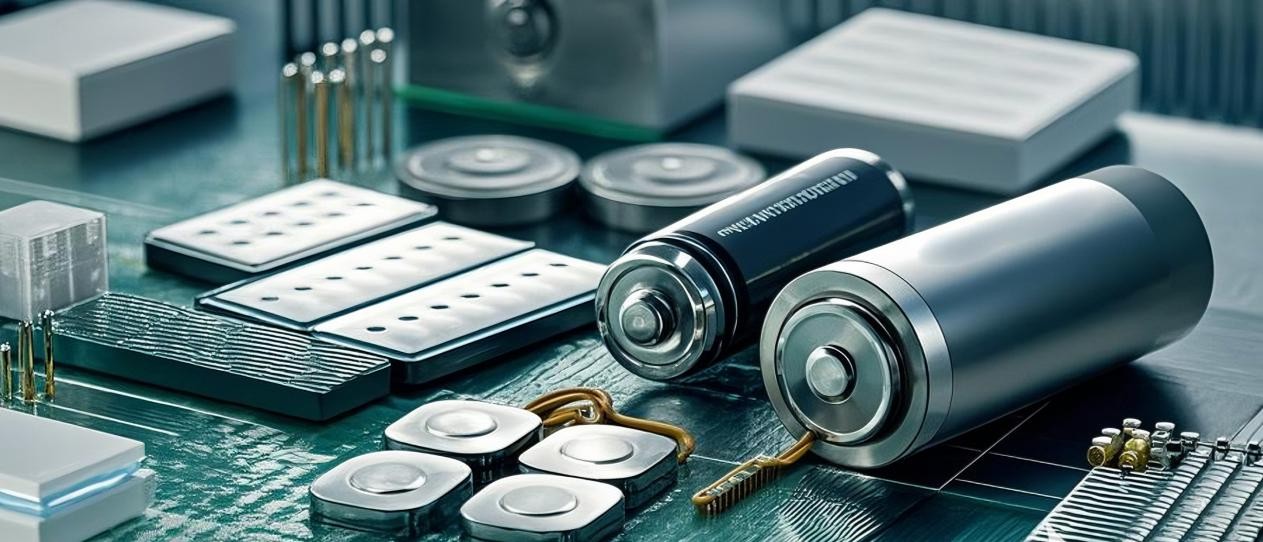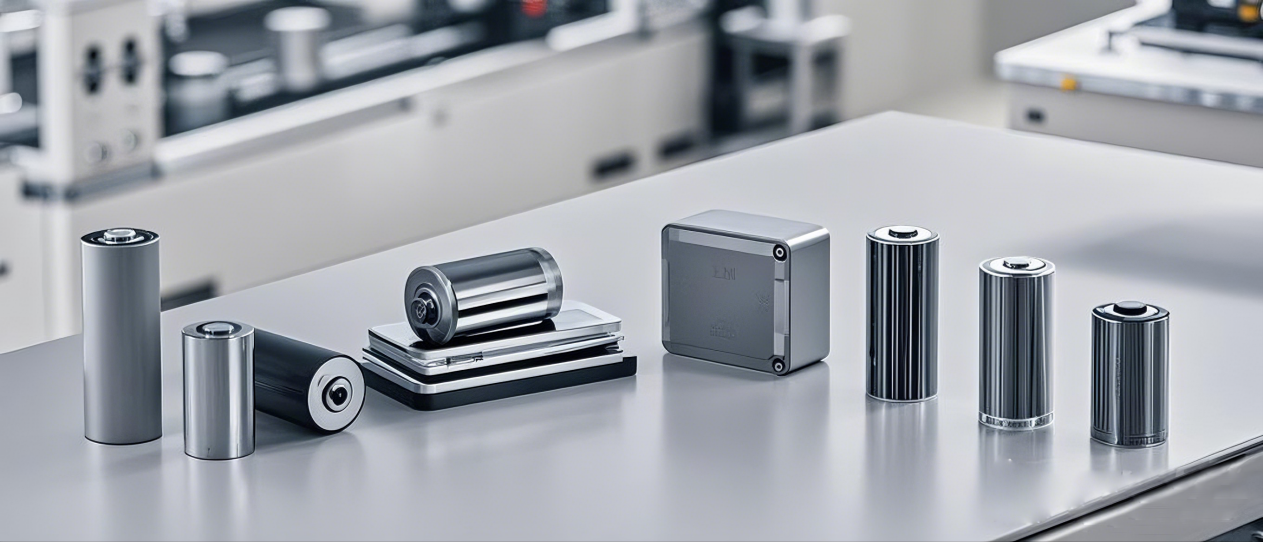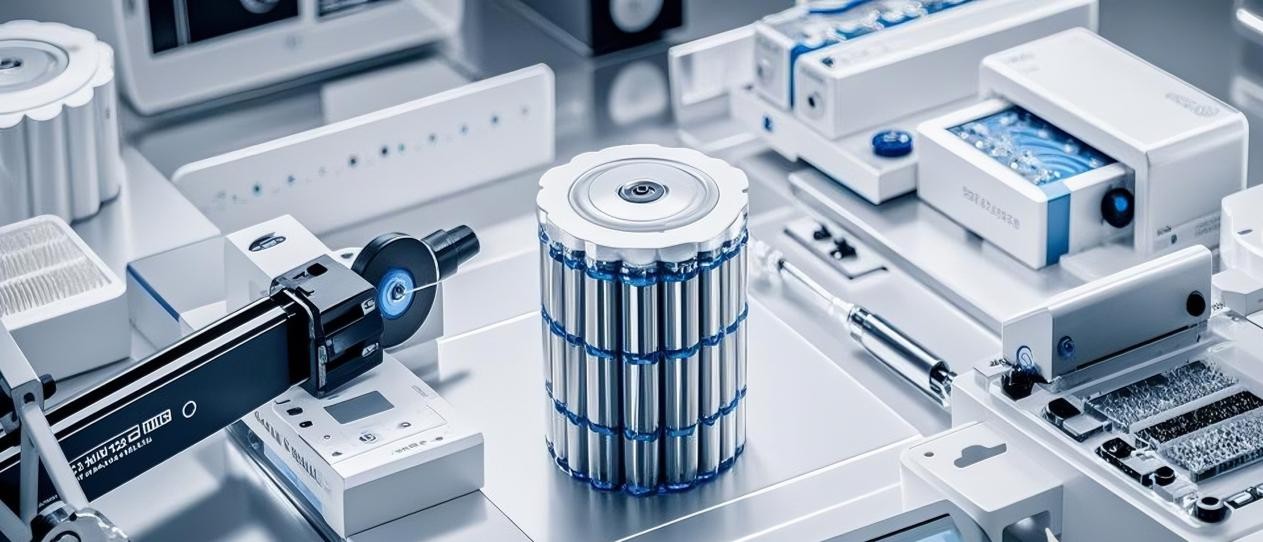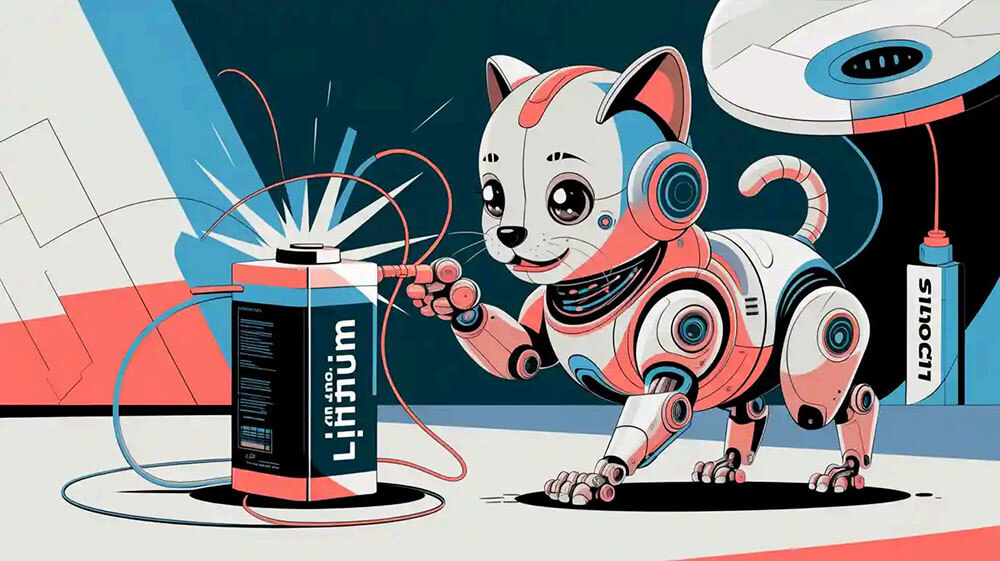Contents
Choosing the right lithium battery cell impacts performance, cost and safety. Cylindrical cells have a stable structure and offer relatively high energy density, making them ideal for outdoor security cameras. Prismatic cells balance space efficiency and durability, while pouch cells with their customizable dimensions and high energy density per unit mass, are well-suited for portable devices. Each type suits specific needs, so understanding these differences helps you make informed decisions.

Key Takeaways
- Cylindrical cells have good mechanical stability, low cost and a long lifespan. They are great for outdoor security cameras and thermal imaging devices.
- Pouch cells are lightweight and can be customized in size, making them ideal for portable devices because they are compact and deliver high power output.
- Prismatic cells save space with their flat shape. They are used in big batteries and AGVs.
Overview of Lithium Battery Cell Types
Features of Cylindrical Cells
Cylindrical cells are known for their durability and good mechanical stability. Their robust casing protects against mechanical stress, making them ideal for applications requiring reliability. These cells also offer high energy density, which suits devices needing extended energy storage.
| Metric | Cylindrical Cells |
|---|---|
| Energy Density | Moderate, suitable for storage applications with multi-cell combinations. |
| Mechanical Durability | Robust casing offers better protection against mechanical stress and potential damage, enhancing overall robustness. |
| Safety | Enhanced safety due to the mechanical durability of the casing. Through the development of a special formulation, Large Power offers cylindrical cells that can pass nail penetration test. |
You’ll often find cylindrical cells in outdoor security cameras, medical devices and robotics. Their standardized size simplifies manufacturing and integration into various devices.
Features of Pouch Cells
Pouch cells stand out for their lightweight and flexible design. Their compact form factor makes them ideal for portable devices and space-constrained applications.
- Flexible Form Factor: Pouch cells use a soft, heat-sealable laminate instead of a rigid metal casing. This flexibility allows manufacturers to design battery packs that conform to various shapes and sizes.
- Lightweight: The thin, flexible envelope of pouch cells contributes to an overall lower weight, achieving high energy density per unit mass, which is especially beneficial in portable electronics and critical communication devices.
Features of Prismatic Cells
Prismatic cells offer a flat, rectangular design that optimizes space. Their stacked electrode materials enhance packing efficiency, making them ideal for larger battery packs. These cells provide higher energy density per mass, which suits robotics, AGVs, energy storage systems and backup power applications.
- Space optimization: Efficient use of space in devices with limited internal dimensions.
- Improved packing efficiency: Compact structure enhances space utilization.
- Ease of manufacturing: Uniform stacking simplifies production and lowers costs.
Comparing Cylindrical, Pouch and Prismatic Lithium Battery Cells

Shape and Size
Cylindrical Cells
- Shape & Structure:
Cylindrical cells are round, typically resembling standard batteries like AA or the common 18650 format. They use a robust metal casing that offers good structural integrity. - Size Characteristics:
They come in standard sizes (e.g., 18650, 21700, 26650, 40135) where dimensions are defined by diameter and length. Their round design, however, can leave some unused space in battery packs. - Advantages:
- Excellent mechanical strength
- Proven manufacturing processes
- Good thermal management due to their symmetry
Pouch Cells
- Shape & Structure:
Pouch cells are housed in a flexible, foil-based envelope rather than a rigid metal container. Their shape can be more easily tailored to fit different spaces. - Size Characteristics:
They can be made very thin and lightweight, which helps maximize energy density. However, the flexible casing can be more prone to swelling and requires additional measures for structural support. - Advantages:
- Higher energy density per weight/volume
- Versatile form factor for custom designs
- Lighter overall weight
Prismatic Cells
- Shape & Structure:
Prismatic cells are rectangular or square with a hard outer casing (often plastic or metal). Their design is more space-efficient for many battery packs. - Size Characteristics:
They are designed to maximize the use of space with a flatter profile, making them suitable for applications where space is at a premium, such as in electric vehicles or medium-sized electronics. - Advantages:
- Optimized for efficient packaging
- Generally easier to integrate into custom battery modules
- Good balance between energy density and mechanical protection
Energy Density
Energy density determines how much energy a battery can store relative to its weight or volume. Pouch cells typically offer higher energy density, making them suitable for energy-intensive applications.
Cost and Manufacturing
Manufacturing complexity impacts the cost of lithium battery cells. Cylindrical cells benefit from mature processes, high automation, high production volumes and standardized sizes, which help keep per-cell costs low. Pouch cells, with their tailor-made size flexibility, incur an upfront molding fee and require higher minimum order quantities. However, the cost per cell decreases as production scales up. Prismatic cells deliver high energy per cell, resulting in a low unit cost.
How to Choose the Right Lithium Battery Cell

Key Factors to Consider
When selecting a lithium battery cell, you should evaluate several performance factors to ensure it meets your needs. Start by considering the energy density and power density. High energy density is essential for devices requiring long runtimes, while high power density suits applications needing quick bursts of energy.
Safety is another critical factor. Cells with good thermal stability, like LFP (lithium iron phosphate), minimize fire risks and perform well in backup power application settings. You should also assess the operating temperature range. Batteries with good low and high-temperature performance work reliably in extreme conditions. Large Power offers battery cells that can operate stably and continuously at -40℃.
Other factors include lifespan, internal resistance, and cost. Batteries with low internal resistance and minimal life loss during cycles last longer and operate efficiently. Consistency and ease of assembly are also important for large-scale applications.
Tip: For backup power applications, such as data center BBUs (battery backup units), LFP cells are a cost-effective choice due to their safety and long lifespan.
Understanding the differences between cylindrical, pouch, and prismatic lithium battery cells helps you make better decisions. Cylindrical cells offer durability, pouch cells provide flexibility, and prismatic cells optimize space. Evaluate your needs, such as energy density or cost, before choosing. For expert guidance, consult Large Power to find the right lithium battery cell for your application.
FAQs
What is the main advantage of cylindrical cells?
Cylindrical cells offer high durability and energy density. Their robust design ensures safety and reliability, making them ideal for outdoor security cameras, medical devices and robotics.
Why are pouch cells preferred for portable devices?
Pouch cells are lightweight and flexible. Their compact design fits into tight spaces, making them perfect for portable electronics and critical communication devices.
How do prismatic cells optimize space?
Prismatic cells use a flat, rectangular design. This structure maximizes space efficiency, making them suitable for medium-sized electronics and large-scale energy storage applications.





